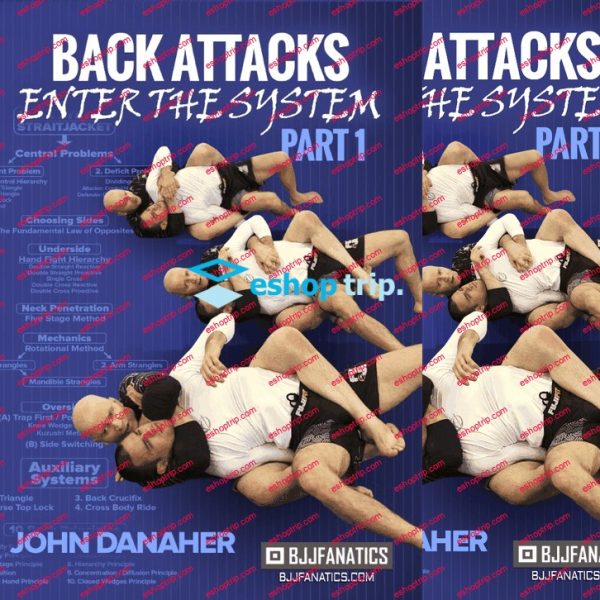Video: .mp4 (1280×720, 30 fps(r)) | Audio: aac, 48000 Hz, 2ch | Size: 2.22 GB
Genre: eLearning Video | Duration: 4 hours | Language: English
Practical ways to find your way across the terrain using only a map and a compass to guide you.
What you’ll learn
Use a topographic map for orientation and a compass for direction to find your way across the terrain.
Requirements
It is recommended that you have a USGS topographic map of your favorite area, and a base plate compass. In addition, military personnel will need a military lensatic compass, and a military protractor.
Description
The specific purpose of this course is to provide you in easy-to-learn chunks the information you need to become a competent map-and-compass land navigator. You’ll find useful information on path finding, compass use, and map reading.
Lectures include how to use any lengthy terrain feature as a “catching” feature or a “handrail.” Plus, you’ll see how to use a compass (including a military lensatic compass and protractor), including how to work with magnetic declination. You’ll see why “aiming off” makes such good sense. And you’ll see why dividing your trip into numerous legs, each ending at a “checkpoint” can help you find your may across great stretches of terrain.
We’ll go over the time-honored navigation practice of dead reckoning, and how to use it under conditions of limited visibility, such as at night, or when you’re fogged in or “greened in” by thick foliage.
We’ll also cover USGS topographical maps, including how to read contour lines, measuring distance on the map, and interpreting depictions of terrain features.
You might be asking yourself “Why do I need to know all this stuff if I have a GPS?” And the answer is “While GPSes are great, they should supplement, and not replace good low-tech backup navigation skills based on the proper use of map and compass.”
Besides the course lectures, students will receive in the form of downloadable PDF files, two books I’ve written on land navigation. These books supplement the Udemy lectures. Total course completion time is about 8 hours.
Those needing land navigation skills include:
·hikers, hunters, outdoor photographers
·military personnel
·orienteers.
·search and rescue personnel
·wilderness medical personnel
·anybody else who wants to learn
Who this course is for:
This course is meant for outdoor enthusiasts, military personnel, orienteers, search-and-rescue team members, wilderness medical specialists, and anyone wanting to learn effective but low-tech route-finding skills, making use of a map and a compass.











Reviews
There are no reviews yet.